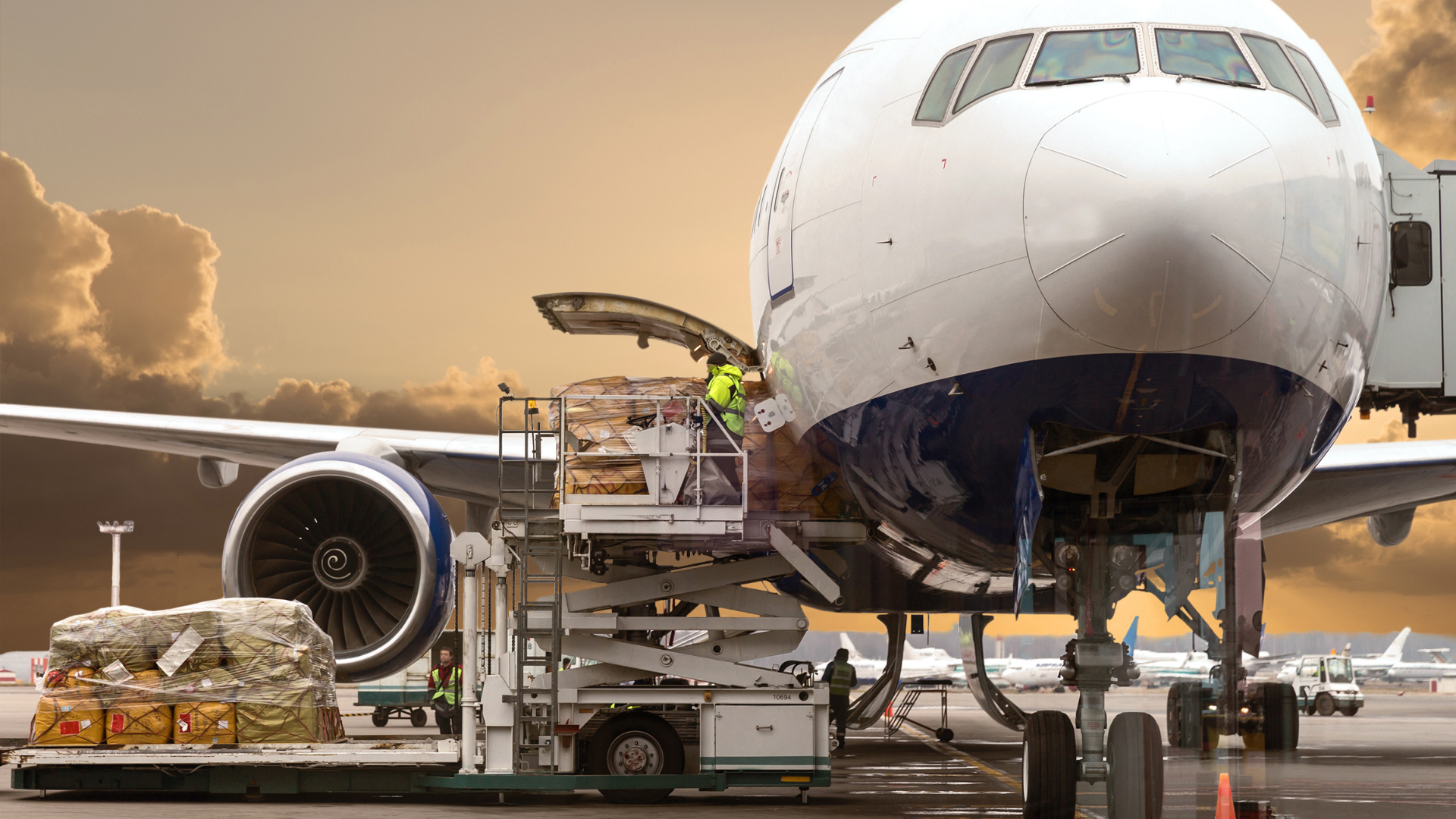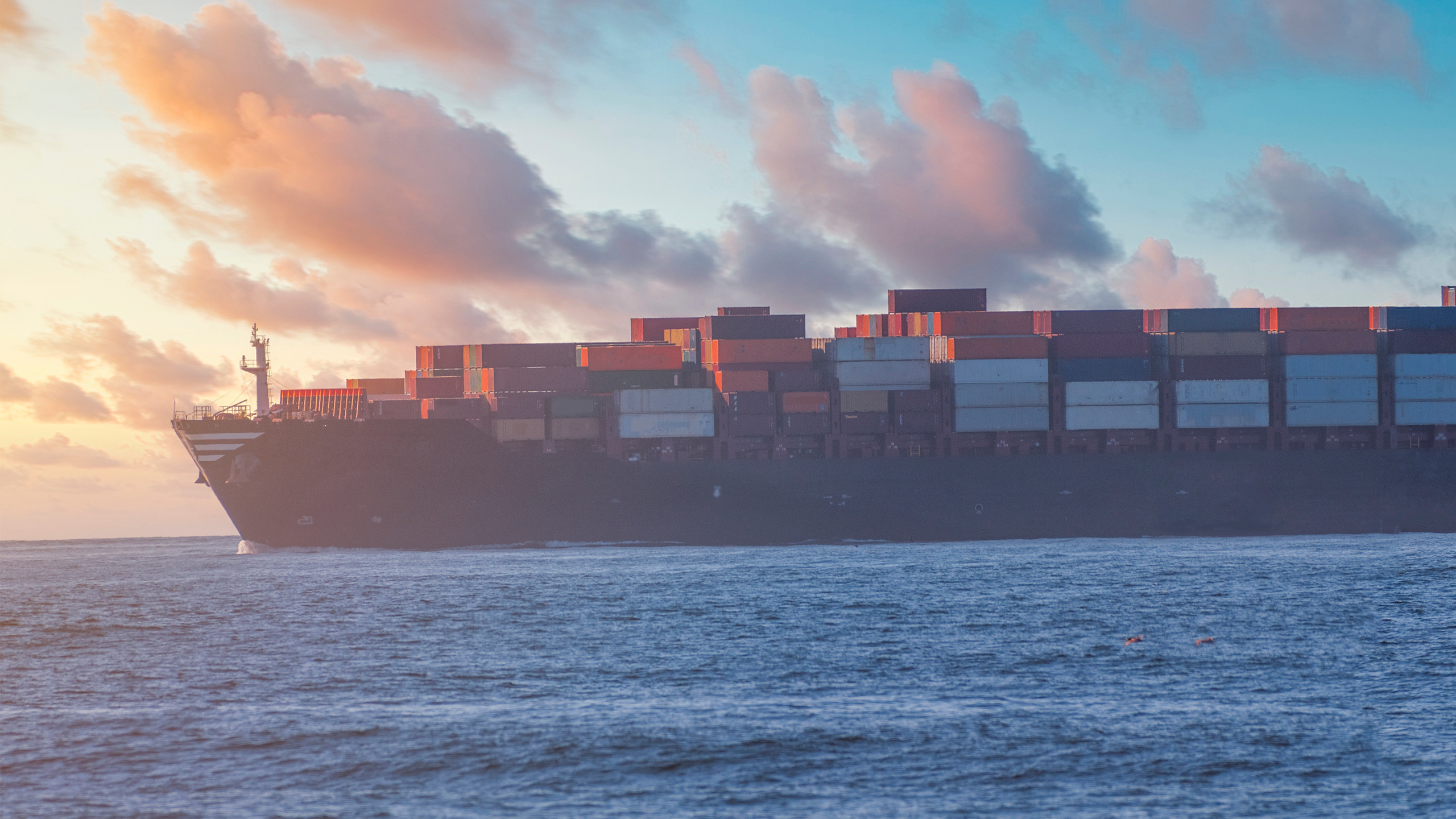ADR 2023: That will work the transport of dangerous goods from 1 July
Following its approval by the Spanish Council of Ministers, international transport of dangerous goods by road is being prepared for the adoption of ADR 2023.
The new European agreement, which sets out the rules and regulations governing this activity to prevent accidents and damage to people and the environment, will enter into force on July 1st. Until then, the activity can continue to be carried out in accordance with the previous ADR, the one of 2021.
From that date, the actors specialized in this niche will notice in their operations some of the main innovations introduced in this document. Among others, as we will disaggregate below, there are new definitions, changes in some conditions of transport, new special provisions, new matters and changes in the packaging instructions for some cargoes.
However, before addressing this point, it is essential to highlight the role of these three acronyms in a sector as critical as it is complex.
What is the ADR agreement?
The characteristics of the transport of dangerous goods, an activity that requires a high degree of safety and responsibility, have led to the establishment, worldwide, of rules and regulations to prevent any catastrophic weather that may affect cargoes, their carriers or the environment.
In 2022, Spain recorded a total of 122 accidents in the transport of dangerous goods, 13% more than its predecessor. Thus, the statistics produced by the Ministry of Transport support the need for a regulatory framework such as the ADR.
Consolidated as one of the main international instruments, the European Agreement on International Carriage of Goods Dangerous Roads (ADR) was founded in 1957 with the support of the United Nations Economic Commission for Europe.
Since then, compliance with these standards has been mandatory for all companies carrying out the transport of dangerous goods in Europe and in those countries that have adopted the agreement, which is updated every two years, as part of their national legislation.
What obligations should companies operating under this scheme meet?
The ADR entails a number of obligations for companies transporting dangerous goods, including:
- Classification of dangerous goods. The ADR establishes a classification for dangerous goods based on their degree of danger. This classification is important because it determines the safety measures necessary for their transport.
- Identification of dangerous goods. Dangerous goods must be identified using labels and hazard signs. This is essential for people who handle or transport these goods to be able to identify the risks associated with them and to take the necessary safety measures.
- Packaging and labelling of goods. The ADR sets out the conditions for the packaging and labelling of dangerous goods to ensure their safety during transport.
- Documentation required for transport. Companies transporting dangerous goods must have the necessary documentation for transport, such as the certificate of conformity, the transport document and the safety data sheet.
- Conditions of transport. The ADR establishes the conditions for the transport of dangerous goods, such as adequate temperature and ventilation, to ensure their safety during transport.
- Staff training. Companies carrying dangerous goods must have trained and qualified personnel to carry out this activity.
- Safety measures in case of accidents. The ADR establishes the necessary safety measures in the event of accidents, such as the use of personal protective equipment and the evacuation of the area.
What are the new features ofthe ADR 2023?
In general terms, the new regulation is accompanied by a number of new and revised provisions relating to:
- Electrical storage systems
- Requirements for the design, construction, inspection and testing of portable tanks with carcasses made of fiber reinforced plastic materials
- The protection of tanks and certain FL vehicles against the risk of fire
- The use of battery-powered electric vehicles for AT category
- The use of recycled plastic materials for rigid and compound GRG
- Approval of inspection bodies for conformity assessment, issuance of type approval certificates and inspections of tanks and pressure vessels.
The adoption of the new provisions, which will allow the use of battery-powered AT-type electric vehicles for the transport of dangerous goods and the development of provisions related to the utilization of recycled plastic materials for rigid and composite GRGs, is in line with the logic of the energy transition and development of renewable energy sources.
In short, the changes that take place every two years with regard to this international agreement highlight the importance of updating and, above all, keeping every link involved in the transport of dangerous goods up to date. This is the only way to guarantee safety, protect public health and the environment, and prevent accidents that could have serious consequences for human life and the economy.




